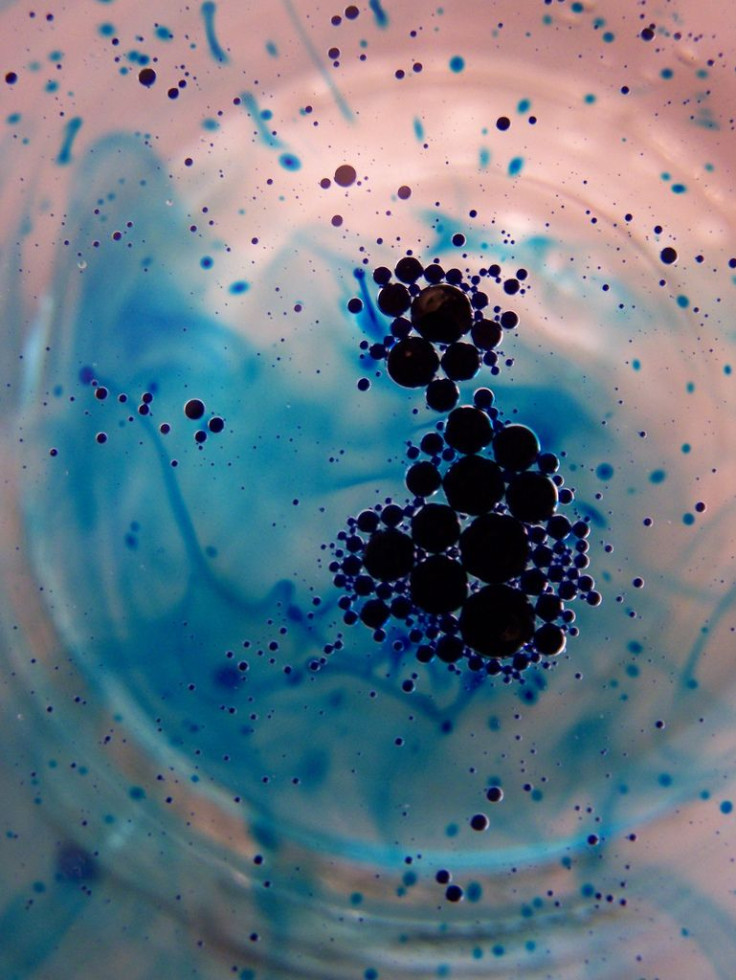Study Of Temperature-Sensitive Fat Cells May Provide New Insights On Obesity

As fat is an essential part of the human diet, its function in the body is also important for temperature regulation. Various forms of fat form after digestion: white, beige, and brown. So which are best at regulating bodily temperatures?
Brown fat creates heat and energy for the body when burned, as the molecules are small and easily broken down or burned off. White fat stores much energy to be burned, as the molecules are large and difficult to break down. Beige fat has the capacity to act as either brown or white fat, based on the body's needs, but mostly acts as brown fat does.
In a new study, researchers set out to find which fat cells could react to cool environments and create heat necessary for the body's survival. White and beige fat cells respond to cool temperatures and create heat or energy for the body, but brown fat cells do not respond this way.
The burning of these fat cells for bodily temperature regulation, while convenient in colder environments, is important for weight regulation. The burning of fat for energy is important to prevent buildup of fat stores in the body. The excess of fat is characterized by obesity and other diseases of the metabolic system that cause the body to only store energy instead of use it.
Understanding the mechanism by which these fats are burned is noteworthy. When cold is sensed by the body, the information is sent to the brain. The brain releases chemicals to the fat cells to break them up and utilize their energy to generate heat for the body. However, establishing the fat types that can activate themselves for energy usage without the brain having to intervene was of interest in this study.
With the establishment that environmental temperatures are likely to alter fat-burning activity in the body, researchers exposed fat cells from mice to temperatures between 27°C and 33°C. These temperatures caused the fat cells to express genes and proteins that would help them be used for energy. Notably, at 33°C, the cells produced the greatest amount of energy-burning molecules and had a 20-percent increase in energy usage processes. The gene expression of the proteins that would break up the fat cells continued for the eight hours that the cells were exposed to the cold temperatures. However, when exposed to a warmer temperature of 37°C ten days later, the gene expression for the proteins that would break up the fat cells decreased; the self-driven burning of fat cells is reversible, based on environmental conditions. But which fat cells do this, and which do not?
White and beige fat cells are located in the subcutaneous tissues of the body. These are located directly below the skin, and are sensitive to fluctuations in temperature. Brown fat, on the other hand, is located further inside of the body cavity, where temperature fluctuations rarely occur. Researchers found that brown fat was not responsive to temperature changes unless the chemical released by the brain to signal brown fat breakdown was added. Similarly, the genes and proteins expressed on the white and beige fat cells were not at all related to the brain's response to cold temperatures. In fact, the study was performed on fat cells unattached to brains. The white and beige fat cells reacted to cold temperature while the brown fat cells did not.
The establishment of white and beige fat as independent of the brain in responding to temperature changes is key to understanding fat storage in the body. Fat storage is crucial for normal function, as it stores the most energy for heat in cold temperatures. This finding, given further work, could unlock information about treating obesity, an incurable disease based on the overstorage and underuse of fat in the body.
Source: Ye L, Wu J, Cohen P, et al. Fat cells directly sense temperature to activate thermogenesis. PNAS. 2013.



























